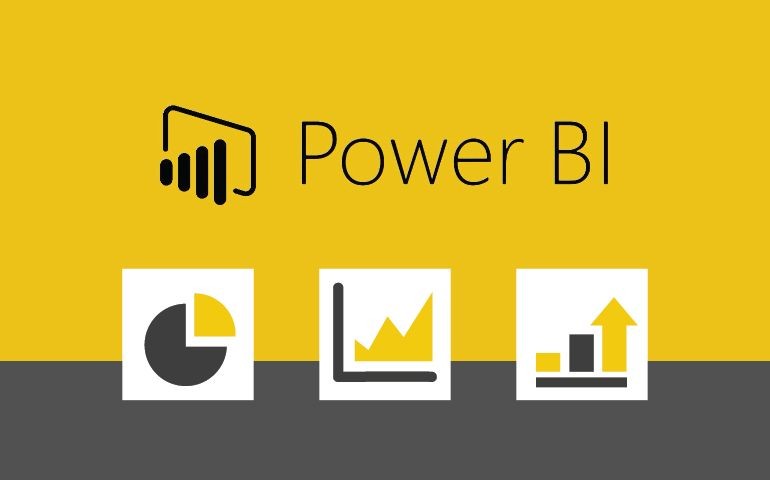Introduction of PowerBI:
Power BI is a business analytics service provided by Microsoft that enables organizations to visualize and analyze data with greater ease and flexibility. It is a suite of business analytics tools that allow users to connect to a wide range of data sources, transform and prepare the data, and create interactive dashboards and reports that provide valuable insights into the organization's performance.
Power BI is designed to be accessible to users of all skill levels, from business analysts and data scientists to executives and end-users. It offers a range of features and capabilities that make it easy to analyze and visualize data, including drag-and-drop visualizations, natural language queries, and custom visuals created by the Power BI community.
Power BI also integrates seamlessly with other Microsoft products, such as Excel, SharePoint, and Dynamics 365, as well as with other third-party tools and services. This makes it easy to connect to your existing data sources and create a comprehensive business analytics solution that meets your organization's specific needs.
Whether you're looking to analyze sales data, track inventory levels, monitor customer behavior, or gain insights into any other aspect of your business, Power BI can help you do it quickly and easily. With its intuitive interface, powerful data analysis capabilities, and flexible deployment options, Power BI is a valuable tool for any organization looking to gain insights from their data and drive better business decisions.
Power BI is a popular data visualization tool that helps organizations gain insights from their data simply and intuitively. It allows users to connect to a variety of data sources, create interactive dashboards and reports, and share their findings with others. If you're looking to develop a Power BI solution for your organization, there are several steps you should follow to ensure a successful implementation.
Recommended Read: Top Mobile App Development Company
Here are some of the most important steps to develop Power BI:
Identify your data sources:
The first step in developing a Power BI solution is to identify the data sources that you want to connect to. Power BI can connect to a wide range of data sources, including Excel spreadsheets, SQL Server databases, cloud-based data storage solutions like Azure and Amazon Web Services, and many more. Identify the data sources that are relevant to your organization and determine the best way to connect to them.
Plan your data model:
Once you've identified your data sources, you need to plan your data model. This involves defining the relationships between the tables in your data sources and creating a logical model that will be used to build your reports and dashboards. The data model is critical to the success of your Power BI solution, as it determines how your data will be organized and presented to users.
Build your data model:
Once you've planned your data model, it's time to build it in Power BI. This involves creating relationships between tables, defining calculated columns and measures, and creating hierarchies and other data structures that will be used to build your reports and dashboards.
Create your reports:
With your data model in place, you can start creating your reports. Power BI offers a wide range of visualization options, including charts, tables, maps, and more. You can also use custom visuals created by the Power BI community to extend the tool's capabilities. When creating your reports, it's important to keep your audience in mind and design your visualizations in a way that makes it easy for them to understand the data.
Read More: Food Ordering App Development Company
Create your dashboards:
Once you've created your reports, you can start building your dashboards. Dashboards are a collection of visualizations that provide a high-level overview of your data. They're designed to be interactive, allowing users to drill down into the details of your data and explore it in more depth.
Share your solution:
Finally, you need to share your Power BI solution with others in your organization. Power BI offers several ways to share your reports and dashboards, including embedding them in websites and SharePoint sites, publishing them to the Power BI service, and sharing them directly with other users.
Developing a Power BI solution can be a complex process, but by following these steps you can ensure a successful implementation that provides valuable insights to your organization. It's important to remember that developing a Power BI solution is an iterative process, and you may need to refine your data model and visualizations over time as you gain a better understanding of your data and your users' needs.
If you want to get custom services of PowerBI then you can explore our new article top power bi consulting companies here.





Comments